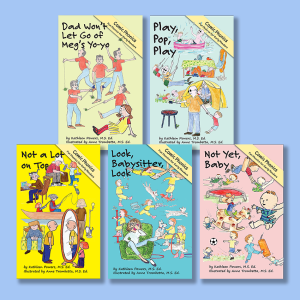Don’t start a sentence with there is, there was, there are, there were. When you start this way, you start with a filler word (“there”), not with the subject. You also use a form of the linking verb “to be” which is the weakest verb you can use. Eliminating “there is” forces you to put your subject before your predicate and to use a stronger verb.
Write short sentences. Usually, the longer a sentence is, the more clauses it contains. The more clauses in a sentence, the harder it is for the reader to keep the ideas straight. Limit the number of clauses in a sentence by limiting the number of words.
Use “said,” not “spoke,” “told,” “asserted,” “claimed,” and other words which mean “said.” “Said” is an inconspicuous word which does not draw attention to itself. As a writer, you should be highlighting what was said, not how it was said.
Use everyday but specific vocabulary. Highfalutin words distance writers from many would-be readers. If you are quoting a person who uses SAT words generously, repeat his language. But keep your own words inconspicuous, so the focus is on your message, not on your vocabulary.
Use short transition words. “And,” “also,” “but,” “later,” and “then” are better choices than “additionally,” “furthermore,” “however,” and “subsequently.” Longer transition words draw attention to themselves as words, so they take the reader’s attention away from the thoughts of the text. They interrupt the flow. Use modest one- and two-syllable transitions.
Keep paragraphs short. Books written 100 or 200 years ago contain long, deadly paragraphs. More recently written books contain shorter paragraphs with more white space on the page. That white space makes the writing look friendly and nonthreatening. To increase the white space, use smaller paragraphs.
Use dialog—direct quotes, not indirect quotes. With indirect quotes, the author is distilling the original quotes. Readers want to hear the original quotes so they can make up their minds as to what is important. Readers want to hear the tone of voice, the interruptions, the pauses, the inferences, and the vocabulary of the speakers. Readers want to be there.
Keep yourself invisible unless you are writing a first-person account, or you are a character in your narrative. Readers should not be aware someone wrote the words they are reading. They should be aware of the information. But if you do need to insert yourself into the writing, say “I,” not “this reporter” or “this listener.”
You might say, “But I know writers who ignore these ideas all the time.” I do too. Once you reach the stature of a Tracy Kidder or Ian McEwan, you can do what you want. But until you do, you’re more likely to be read and understood if you follow these suggestions.
****
Need a writing tutor? Contact me through this website. I tutor writers from second grade through high school, in the US and overseas.










